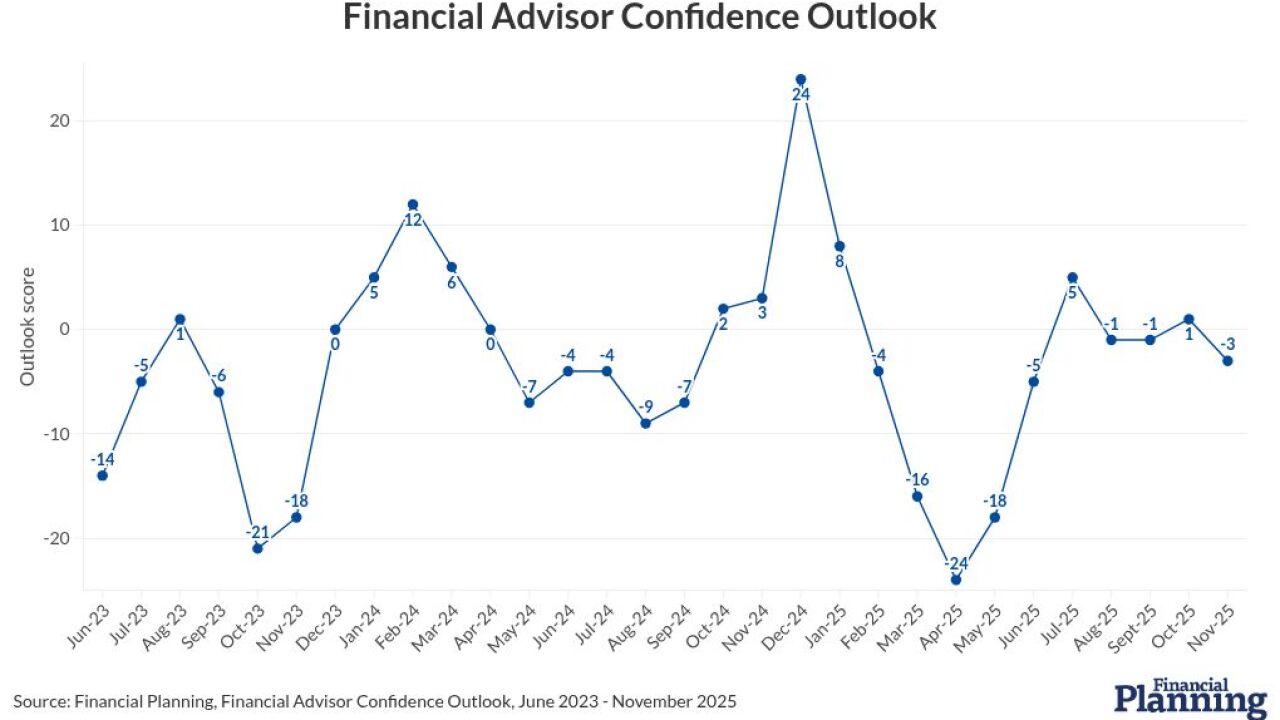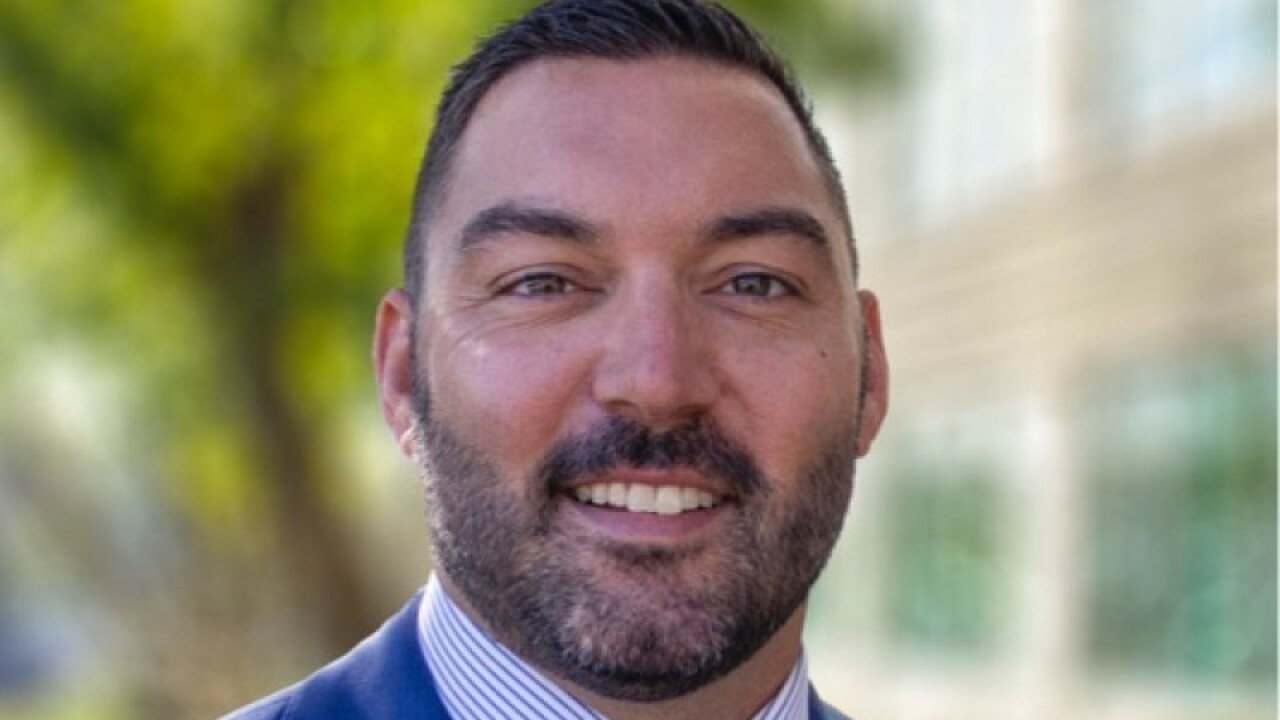As news "broke" Monday that
The photographs of the unfurling of 9/11 were horrifying enough to see. The pictures of the birds, turtles and dolphins encased in the red sludge of the
As the American public protests BP and its financial supporters in a national call to action I have never seen since
As well, why didn’t BP have a competent disaster recovery plan, as all investment banking, trading floors and asset management companies have long had dating back into the early 1990s?
Then, through some well-needed comic relief in a sarcastic but dead-on commentary in WSJ by
Instead, the real issue, for Wall Street and the investing public, at least, is how oil-related mutual funds performed in the year following a heretofore comparable event: the
The only two mutual funds in existence at the time with an oil concentration were the
Whether it’s the money that these companies inevitably throw at their shareholders (BP has spent $10.5 billion on dividends and $50 million on advertising) or the hit that these oil spills have on inventory and consumer sentiment—demand for oil could also outpace supply in the months ahead.
For now, I’d put my money on oil and gold.
Lee Barney is Editor of Money Management Executive. This editorial originally was published in MME on June 14, 2010.





